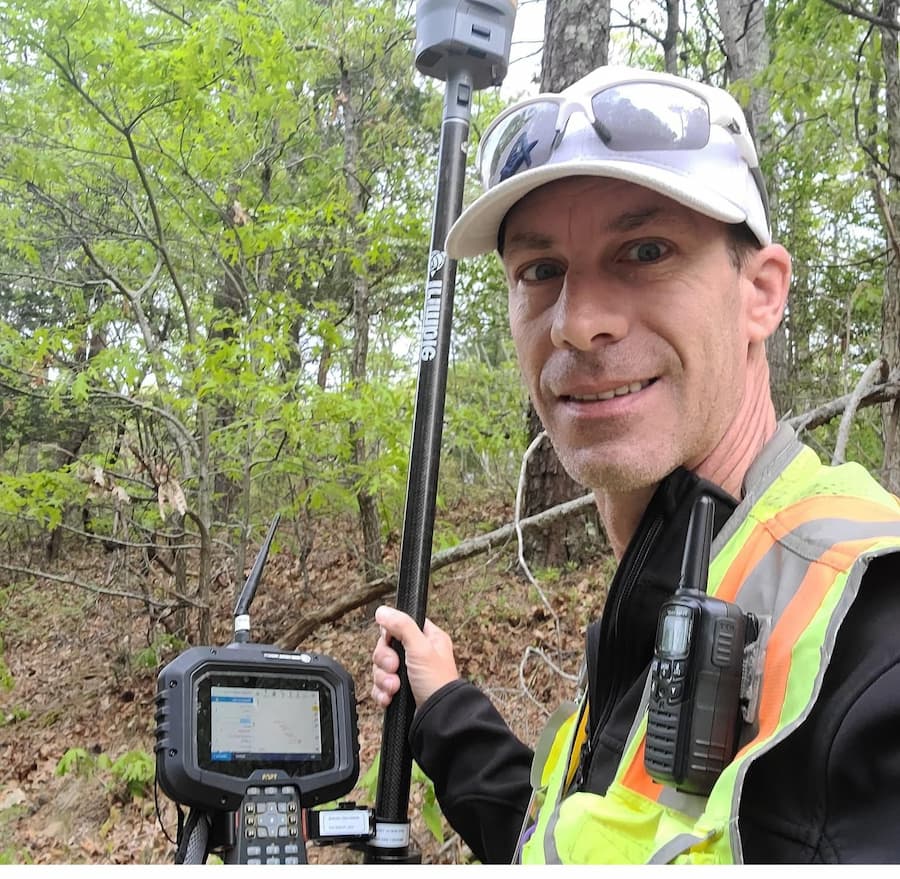In the field, it’s easy to overlook proper body posture while using equipment. These unsafe habits occur from handling tools improperly, maintaining the same position, or repeating a task over a prolonged period—affecting the nerves, tendons, and muscle tissues.
According to the Occupational Safety and Health Administration (OSHA), around 1.8 million people report improper body posture injuries annually. Also known as ergonomics, setting up a proper work environment is vital to limit discomfort and prevent injuries.
Ergonomic Risks and Problems
Unsafe body posture can increase pressure on the tendons and nerves, restrict blood flow, and damage muscles. Symptoms may include numb fingers and hands, stiff joints, back pain, and Carpal Tunnel Syndrome (CTS).
A common ergonomic disorder, CTS happens when the nerve that runs from the forearm to the hand is damaged—resulting from bent wrists or vibration from hand tools. Workers may experience wrist and hand pain or swollen fingers, making tasks like picking up items difficult. Talk to a doctor if you suspect you have CTS or notice the following:
- Shaking arms and hands.
- Rolling shoulders due to discomfort.
- Using wristbands to relieve pain.
Staying Safe in the Field
Before starting work, review the job site for tasks that may pose ergonomic risks and take the following measures:
- Redo workstations to prevent reaching or bending for equipment.
- Use smaller tools to prevent awkward wrist and hand positions.
- Take frequent breaks to reduce muscle strain.
- Train workers on proper lifting techniques.
Using Field Equipment
Properly using field equipment is necessary to prevent ergonomic injuries. To reduce risks, we train our staff to handle Trimble surveying equipment safely. An example is the TSC5 hand-held device with an antenna attached to a three-meter pole. Before scanning a worksite, keep the body posture upright and one arm stretched out to stabilize the antenna. Use the other hand to move the device while scanning.
Take frequent breaks and avoid maintaining prolonged body positions, such as:
- Extending or bending the wrist.
- Standing or sitting without shifting body posture.
- Suspending the arm.

